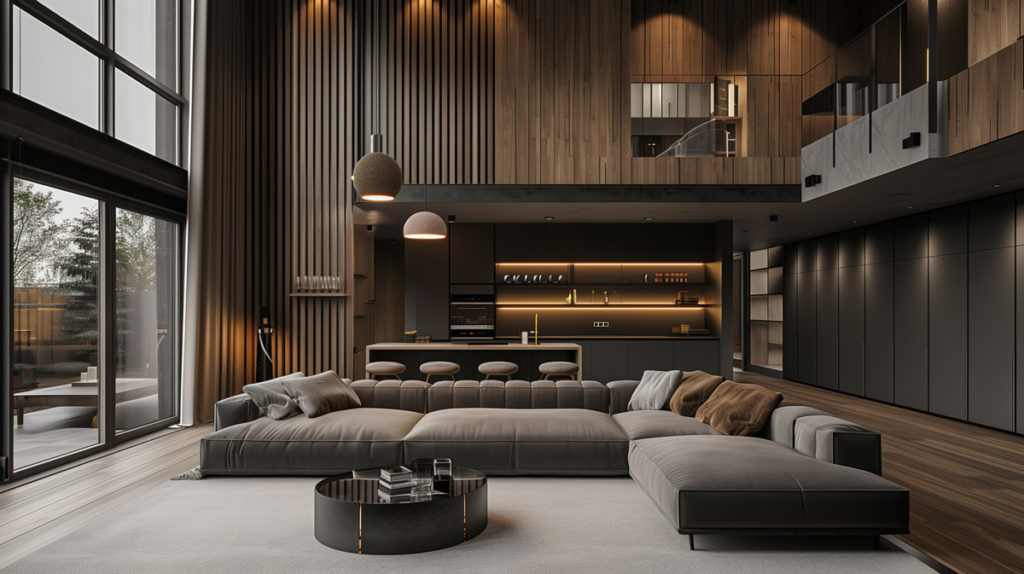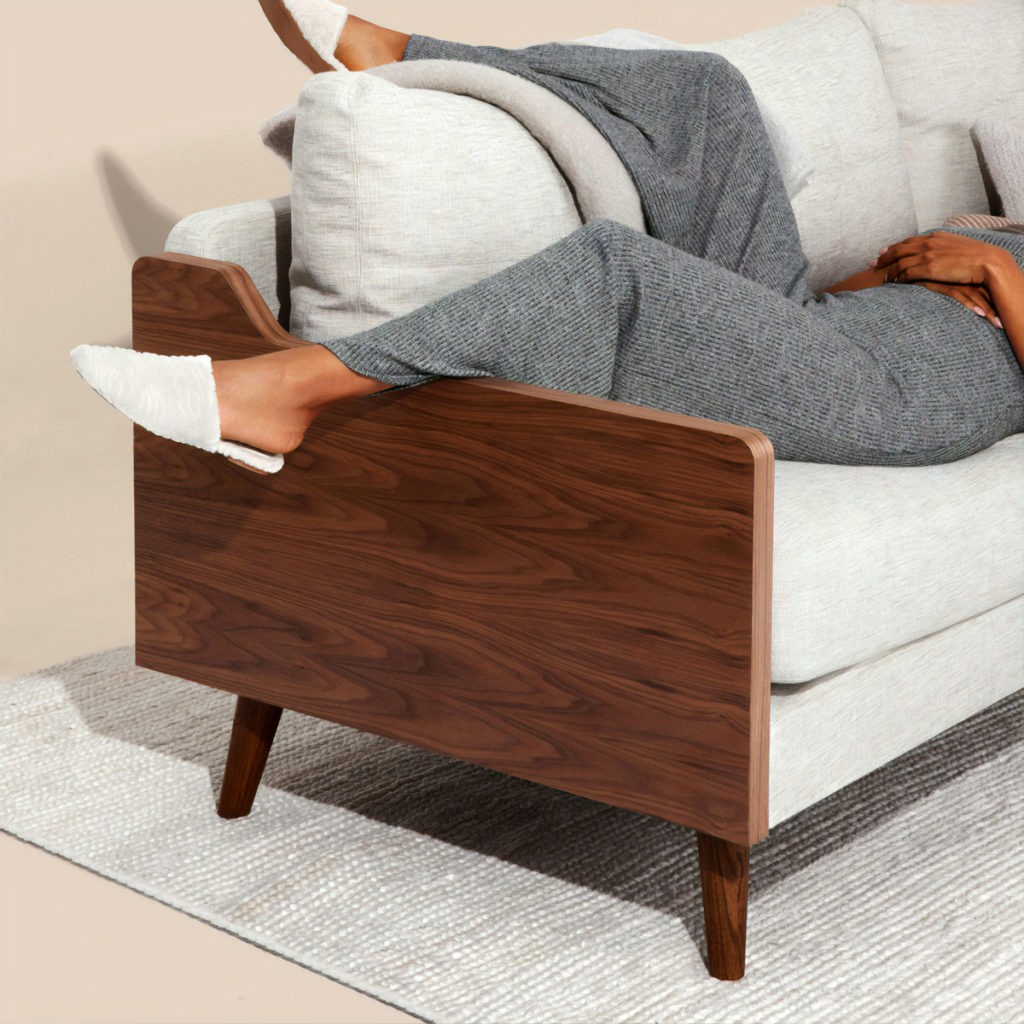
15% OFF YOUR ORDER TODAY! JOIN OUR NEWSLETTER

Delivered By Our Fleet
View delivery information
5 Star Rated
On Google & TrustPilot

Handmade in the UK
From the finest materials

Combining the classic look of traditional panelling with the clean, simple lines of contemporary decor, wall panelling can add depth, texture, and character to any room. Making it a versatile choice for homeowners and designers. Here are some tips on seamlessly blending traditional wall panelling with modern interior design elements to create a cohesive and stylish look.
Before we dive into design tips, let’s understand the different types of wall panelling:
1. Wainscoting: This classic style covers the lower third of a wall and comes in various patterns and materials.
2. Shiplap: Known for its horizontal boards, shiplap offers a rustic yet modern feel.
3. Beadboard: This style has vertical grooves, adding a cottage or coastal vibe.
4. Raised Panels: These panels add depth with framed sections, giving a formal look.
5. Flat Panels: Smooth and simple, flat panels lend a contemporary touch.
Pick a panelling style that complements the modern design. Simpler styles, like flat panels or shiplap, work best. They add texture and interest without overwhelming the space.

Colour is crucial in blending traditional and modern elements. Choose a neutral colour palette for your panelling. Whites, greys, and muted tones work well. Dark shades like charcoal or navy can add drama and sophistication for a bolder look. Ensure the panelling colour matches or complements the room’s overall palette.
Using a combination of materials is a great way to add depth and interest. Pair traditional wood panelling with modern metal, glass, or concrete materials. For example, a shiplap accent wall with a sleek metal coffee table or glass pendant lights looks excellent. This mix creates a balanced and appealing design.
Lighting is key to showcasing wall panelling. Use a mix of ambient, task, and accent lighting. Recessed lighting, floor lamps, and wall sconces can highlight the panelling. Consider LED strip lighting to accentuate the lines and patterns for a modern touch.

Modern design often features minimalism. Balance the detailed textures of panelling with simple, sleek furniture. Choose pieces with clean lines, neutral colours, and minimal decoration. This contrast highlights the panelling while maintaining the room’s modern feel.
Blend traditional panelling with contemporary art and decor. Large, abstract paintings or modern sculptures can stand out against classic panelling. Choose bold, geometric decor items to emphasize the contemporary look.
The strategic placement of wall panelling can enhance the modern look. Instead of covering all the walls, use panelling as an accent. For instance, panel one wall in the living room to create a focal point or use wainscoting in the dining area to add sophistication without overwhelming the room. This selective approach ensures the panelling enhances rather than dominates the design.
Include modern architectural features to balance the traditional feel of wall panelling. Elements like open floor plans, large windows, and sleek built-in shelving can provide a contemporary touch. This blend of old and new creates a dynamic and cohesive look.
Experiment with different patterns and layouts for a modern twist on traditional panelling. Horizontal shiplap can make a room appear wider, while vertical panels can add height. Geometric patterns or asymmetrical layouts can give a modern edge. Be creative with the panelling arrangement to achieve a unique and personalized look.
Sustainability is important in modern design. Choose eco-friendly materials for your wall panelling, such as reclaimed wood or bamboo. These materials add unique character and align with sustainability and environmental consciousness values.
Incorporating wall panelling into modern interior design is about blending old and new. By choosing the right panelling style, colour palette, furniture, materials, and decor, you can create a timeless and contemporary space. The key is to balance traditional elements of the panelling with modern aspects of the design. With these tips, you can transform any room into a stylish and cohesive space that reflects classic elegance and modern sophistication.


BEST SELLERS
Bespoke Shaker Style Full/Half Wall Panelling KitNEW KITS
Custom Slat Wall CreatorDelivery Information


Please enter details for a quote

We offer a FREE shaker style wall panelling design service but only for single wall designs. Please enter the details below and we will respond with your design ASAP!

Fill in the form below and one of the team will deal with your request!
